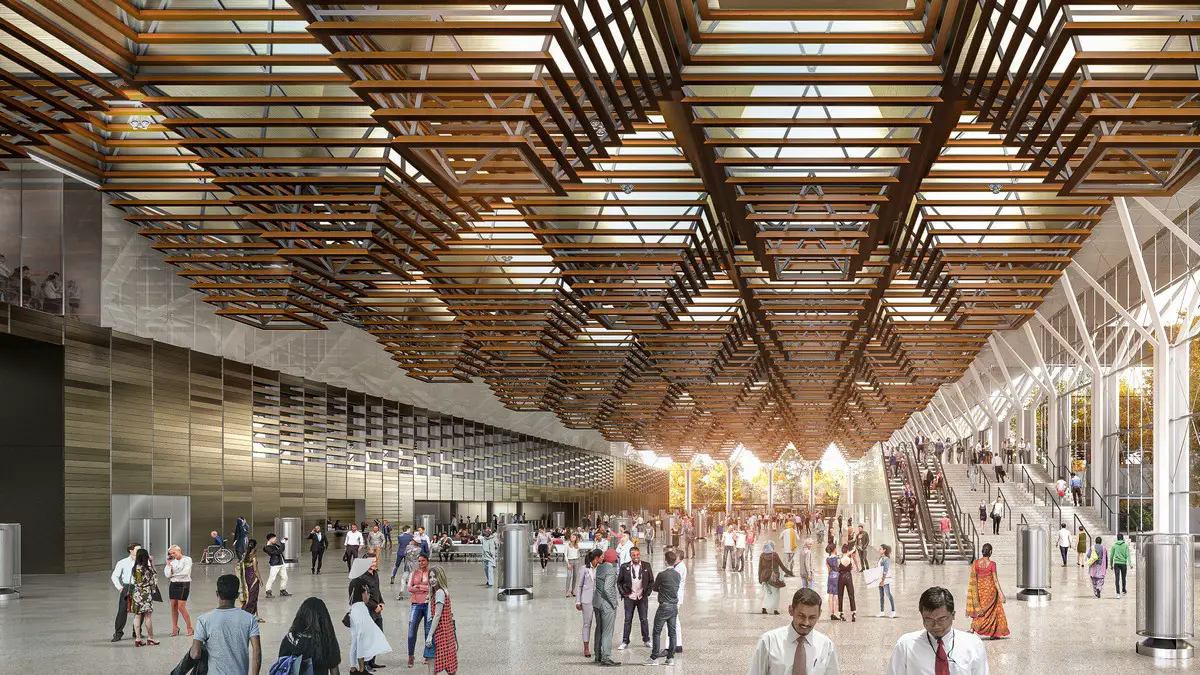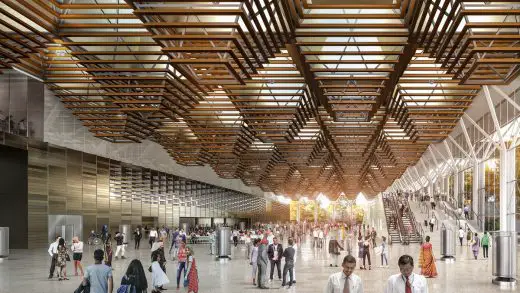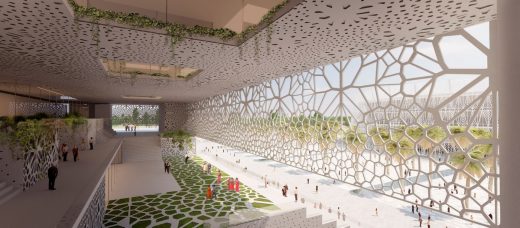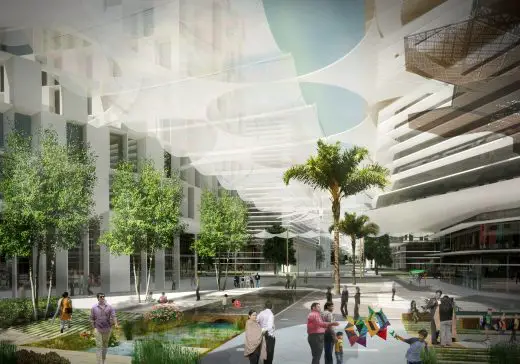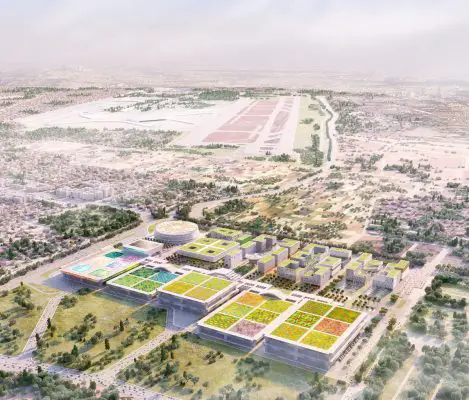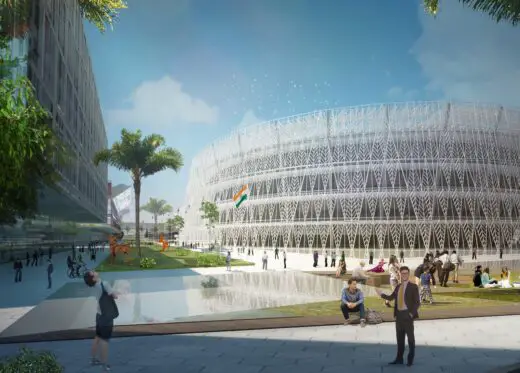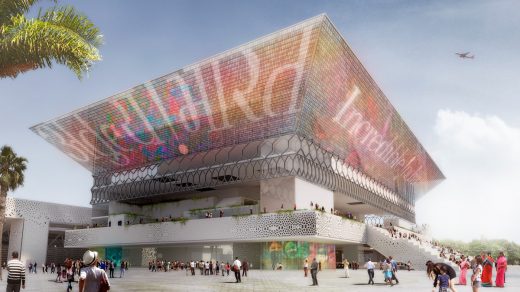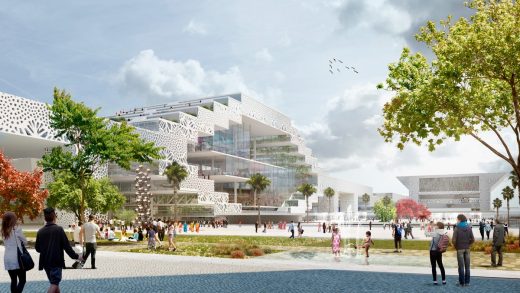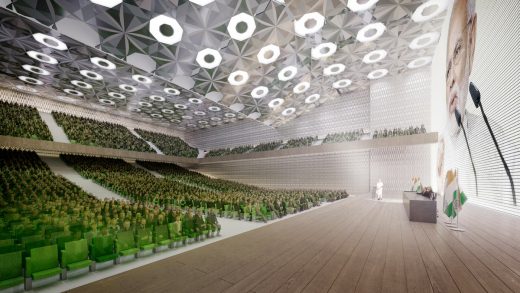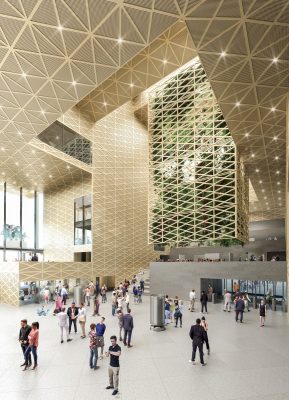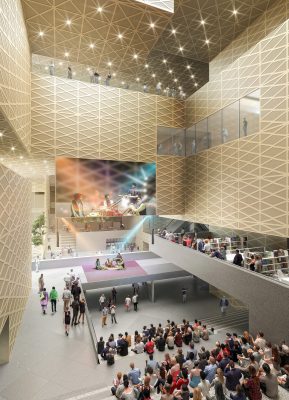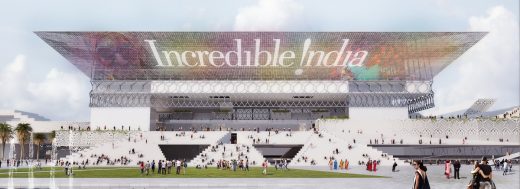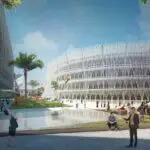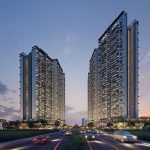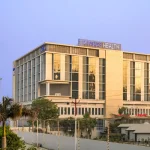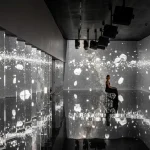India International Convention & Expo Centre Dwarka Building, IICC, Uttar Pradesh Architecture Images, India
India International Convention & Expo Centre in Dwarka
26 July 2021
Architects: IDOM
Location: Dwarka, Uttar Pradesh, north west India
IICC_Dwarka (India International Convention & Expo Centre) in Dwarka
IICC Building in Dwarka, Uttar Pradesh
The commission for the India International Convention & Expo Centre in Dwarka (IICC Dwarka) is the result of the international competition organised by the DMICDC (Delhi Mumbai Industrial Corridor Development Corporation) in January 2017. The project, entirely developed in under three months, includes the preparation of the necessary documents for the tender of the whole building and the urbanization of the complex, and it will be carried out in two stages, the first of which will be inaugurated in late 2021. The design is by the IDOM Group.
The project has been tendered in consortium with CPKA, a renowned Indian architectural and engineering firm with a marked multidisciplinary character.
During the development of the project, IDOM has had the permanent collaboration of CPKA, which has provided support with the local Indian regulations and has developed the fire, structure and civil infrastructure projects on the conceptual basis proposed by IDOM, as well as being responsible for the development of local specifications, BoQ and tender documents.
Located 11 km away from New Delhi’s Indira Gandhi International Airport, the IICC will be the biggest trade fair complex in India and South Asia. Conceived as an anchoring project for the future development of the country and strategically located between New Delhi and Gurgaon, the scope covers 90 hectares that include fair grounds (403,000 m2), a convention centre (73,200 m2), offices (236,000 m2), hotels (339,000 m2), retail areas (156,000 m2), a multipurpose pavilion with capacity for 20,000 people (64,200 m2) and over a million square meters for parking, bringing the grand total up to almost 2.5 million built-up square meters.
Strategically, the enterprise has four main goals: to be an icon that reflects the image of the new India, to become a destination in itself – by exemplifying the state-of-the-art within the international fairs and conventions circuit –, to obtain the platinum certification from the IGBC (Indian Green Building Council) – thanks to its contributions connected to sustainability and urban mobility – and finally, to be flexible enough to host the most varied world class events and celebrations, such as the 75th anniversary of India’s independence or the G20 multilateral conferences.
The master plan structures the Project in two very clearly differentiated sectors. It leaves the fair grounds and convention area to the west and the development of mixed uses (hotels, offices and retail areas) to the east.
A grand foyer, over a kilometre long, connects the five exhibition halls, with other 243,000 m2 of net indoor exhibition area, and 71,000 m2 outdoors, 21,000 of which are sheltered. The multipurpose pavilion (Arena) tops off the whole intervention on the northeast end, becoming the main urban reference of the complex.
The contemporary reinterpretation of the idea of a palace, as a historical typology capable of integrating buildings of so diverse purpose and morphology, is the main conceptual reference of the project, allowing for the combination of the master plan with the urban and architectural tradition of India.
The buildings are laid out in the palace structure showing diverse motifs and iconography, typical of the vast popular culture of the subcontinent: on the one hand, several manifestations linked to the greeting and welcoming ritual – like mandalas and rangoli – are concentrated in the complex geometry that presides over the building’s envelopes and the urban landscape; on the other, popular expressions and references, both gestural – like Namaste – and decorative, architectural and engineering – great staircases, embroidery and textiles – impregnate an urban complex which is really a metaphor for a country in which ornaments are also structural elements.
India International Convention & Expo Centre Dwarka – Building Information
Client: DMICDC (Delhi Mumbai Industrial Corridor Development Corporation)
Date 2017-19
Area: 2,458,984.00 m²
India International Convention & Expo Centre Dwarka, Gujarat building images / information received 260721
Location: Dwarka, Uttar Pradesh, India, South Asia
Gujarat Architecture
New Gujarat Buildings in north west India – selection:
Hotel Sayaji Building, Rajkot, Saurashtra
Architects: Architect Ishwar Gehi
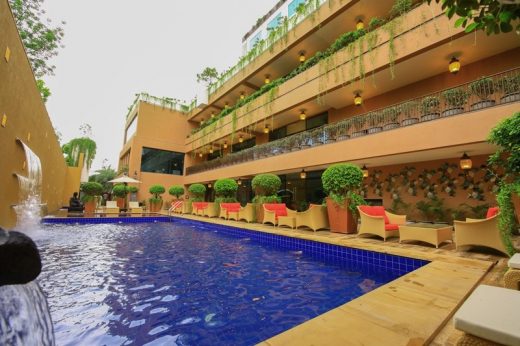
photo courtesy of architects office
Hotel Sayaji in Saurashtra
Design: Urbanscape Architects and Utopia Designs
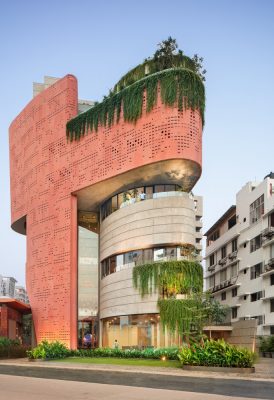
photograph : Noughts and Crosses LLP | Andre Fanthome
Sangini House, Gujarat Offices
Excellenseaa 126 Apartments, Surat
Design: Sanjay Puri Architects
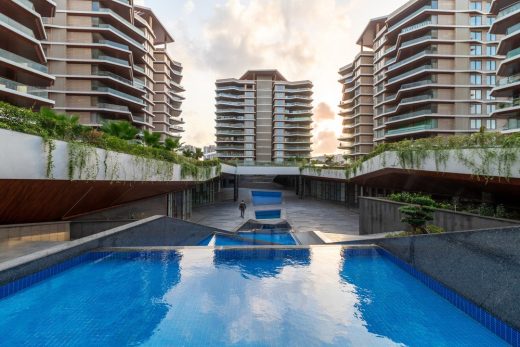
photograph : Abhishek Shah
Excellenseaa 126 Apartments in Surat, Gujarat
Design: Openideas
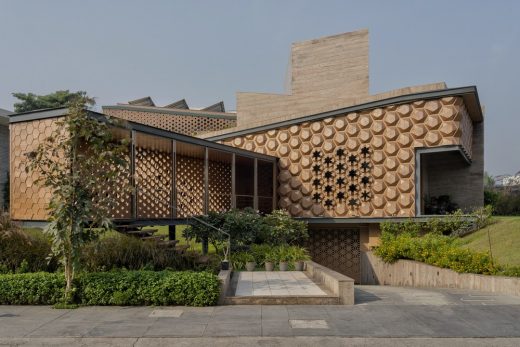
images : Yash Parekh and Fabien Charuau
Hive House in Surat
Aarya Club Resort in Rajkot, Gujarat
Stellar Mixed-Use Building in Ahmedabad
Bavlu Weekend House in Ahmedabad
Indian Architecture
Contemporary Architecture in India
Indian Architecture Designs – chronological list
Indian Architecture Offices : contact details
Architecture Tours in New Delhi by e-architect
Architects: Design Forum International
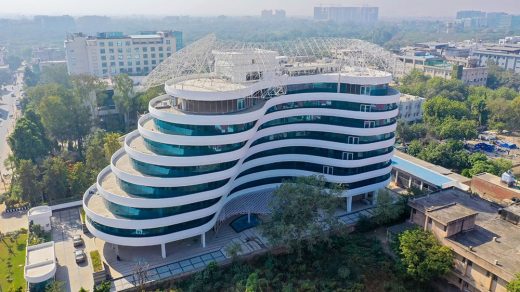
image from architect offices
Gulf Adiba in Gurgaon
Comments / photos for the India International Convention & Expo Centre Dwarka, Gujarat building design page welcome

